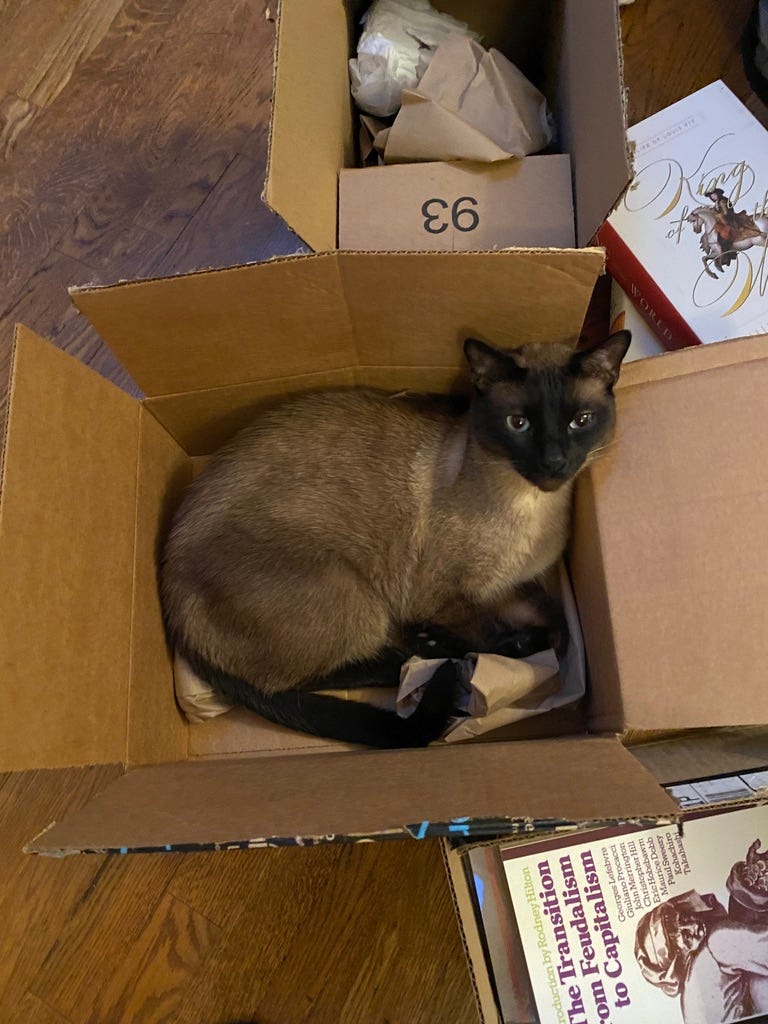
A roundup of books that the Siren has read recently, and recommends. There’s also one book in which the Siren makes an appearance; and one book that she has on her bedside table and plans to read soon.
Recently Read and Loved:
The Map of My Dead Pilots: The Dangerous Game of Flying In Alaska
by Colleen Mondor
I love this book, first published in 2013. I discovered it this year because I follow Colleen Mondor on Twitter and she’s delightful. Colleen spent four years in charge of dispatch operations for a small-plane operation out of Fairbanks, Alaska. Her memoir focuses on the people who flew those planes, and whatever or whoever was in them, through mind-bogglingly dangerous conditions. Aside from the weather (ice, snow, whiteouts, wind, the works) these folks get paid bupkis to deal with poorly maintained equipment, jerk bosses and at times even jerkier passengers. One unforgettable incident begins with a critically ill teenager and three nuns who won’t give up their seats to make room for the girl’s stretcher, and ends with an O. Henry twist. Folks, Howard Hawks would have adored this book.
The World Is Yours: The Story of Scarface
by Glenn Kenny (a.k.a “my close personal friend Glenn Kenny”)
Perhaps you would expect the Siren to run out and dig up a book that’s about Scarface from 1932, the one directed by the immortal Howard Hawks and starring Paul Muni and Ann Dvorak, and that possibility should never be ruled out. But her good friend Glenn Kenny wrote his book (the follow-up to his fantastic history of Goodfellas) about the 1983 film, directed by Brian De Palma, screenplay by Oliver Stone, and starring Al Pacino. Scarface has been controversial since the day it hit theaters, and Glenn covers it all, including the chainsaw torture scene, which I’ll never get used to; Oliver Stone’s ambivalence about what happened to his script; Michelle Pfeiffer’s nerves even as she gave a great performance; the objections to the film from Cuban Americans; even a thorough discussion of Pacino’s accent and why it sounds, well, the way it sounds. Scarface was mainly the product of two artistic sensibilities—De Palma, who gave Glenn great interview material, and Al Pacino, who gave Glenn nothing (meaning no interview). Despite my friend’s never getting to speak one-on-one to Pacino, the actor’s fire and perfectionism are all over this book. And I love Glenn’s saying cheerfully, in this brief interview, that he “unabashedly took De Palma’s side all the time.”
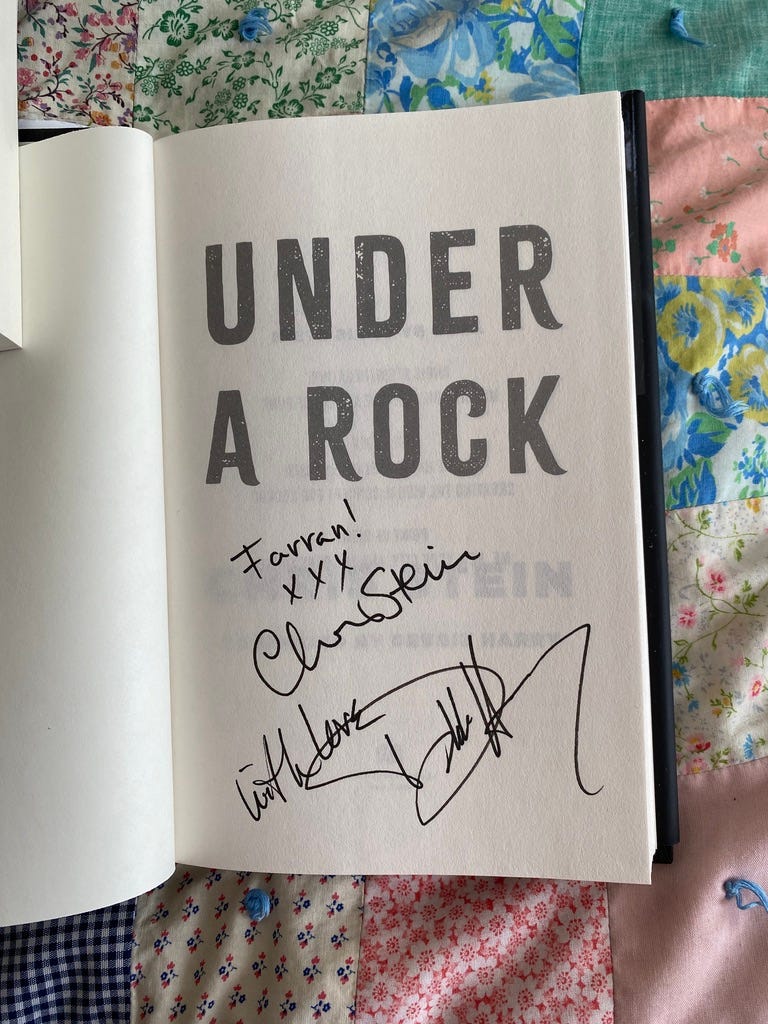
Under a Rock: A Memoir
by Chris Stein (foreword by Debbie Harry)
This excellent memoir—drily funny, unsparing, and not at all interested in fan service—is a must for connoisseurs of the New York scene of the 1970s and 80s, tracing Blondie’s rise to become one of THE great bands of the era. Here are all the cameos you could want from Andy Warhol, Hilly Kristal, Jean-Michel Basquiat, William Burroughs, Iggy Pop, and so on. Stein spends a good chunk talking about the 1960s as well, including his stint in a San Francisco mental hospital at the height of the flower-child scene. I was surprised to learn that Stein and Debbie Harry were both at Woodstock, where they never crossed paths. These days Stein spends much of his time with his photography, which goes back decades and, like this book, shows you how he saw it, not how people want to remember it.
The Freaks Came Out to Write: The Definitive History of the Village Voice, the Radical Paper That Changed American Culture
by Tricia Romano
Here’s a book that set off a wave of nostalgia in me for all the bygone days in this town—an oral history of the Village Voice. I remember when apartment hunting in the city meant waiting late Tuesday night almost into Wednesday morning to get the first copy of the Voice and its all-important apartment listings. I remember the rotating columnists, such as Wayne Barrett of blessed memory dragging Donald Trump every chance he got; I recall tracing feuds between writers through the little barbs they’d toss at each other; checking Michael Musto’s column to see if he mentioned anyone I knew; reading and loving my friends Jim Wolcott and Molly Haskell before I ever imagined meeting them. Good articles, bad articles, good and bad owners, they’re all in here. The Village Voice was unique, and I miss it so much.
One Old Book I Spent Too Much Money On:
Early Havoc
by June Havoc
For a long time I’ve been fascinated by the bizarre, horrifying fashion for dance marathons in the early Depression. And like everyone else, I’m also enthralled by Gypsy, the 1959 musical, which I know mostly via the 1962 movie. I don’t have the time to give a plot summary or a rundown on the liberties that the musical took with real life, but you can go here. Anyway: I always thought it was intriguing how Baby June, the star of the vaudeville act she performs with younger sister Louise, disappears after Act 1. What happens to her? Well, in Early Havoc, grown-up Baby June, the actress June Havoc, explains that she did run away with an older boy. And within a few short years, erstwhile star Teenage June discovered that vaudeville indeed was dead, and also, in this great country of ours, it is 100% possible to starve, especially if the year is oh, say, 1933. June joined the dance-marathon circuit only because the promoters fed the dancers regularly. (They had to, lest the dancers up and die, which some of them did anyway.) As the weight came back on her withered frame, June stuck around despite the marathons’ horrors, which she describes in grim detail. The book’s structure goes back and forth between the marathons and the story of her childhood, until the two narratives come together to deposit June on the doorstep of Rose Hovick, her not-very-motherly mother. Talk about a page-turner. Despite its being an extravagance, I don’t regret the amount I spent on my copy, especially because it appears to be signed by literary agent Audrey Wood. But if you just want to read Early Havoc, the link above goes to a Kindle edition for just $5.
Hey, I’m in This One:
Inventing the Modern: Untold Stories of the Women Who Shaped The Museum of Modern Art
(Pub. Date: September 24)
I’m very proud to be part of this collection of 14 biographical essays, about women who helped make MoMA the world-class institution it is today. My essay concerns Iris Barry, the pioneering founder of MoMA’s film department and a seminal figure in film preservation, in many ways “inventing this whole field of endeavor as she went along,” as MoMA curator Dave Kehr put it to me. I just got my copies, and the physical book is a pleasure, with beautiful illustrations and lovely thick pages. Other women profiled include curator Dorothy Miller, in an essay by journalist and biographer Mary Gabriel; museum publicist Sarah Newmeyer, by memoirist and novelist Sloane Crosley; and MoMA’s registrar Dorothy Dudley, by art critic Roberta Smith—mini-biographies of 14 remarkable women in all.
Looking Forward to Reading:
A Complicated Passion: The Life and Work of Agnès Varda
by Carrie Rickey (Pub. Date: August 13, available for pre-order)
My friend Carrie Rickey has been working for quite a while on this definitive biography of Agnes Varda, and I can’t wait to read it. The advance reviews are excellent.



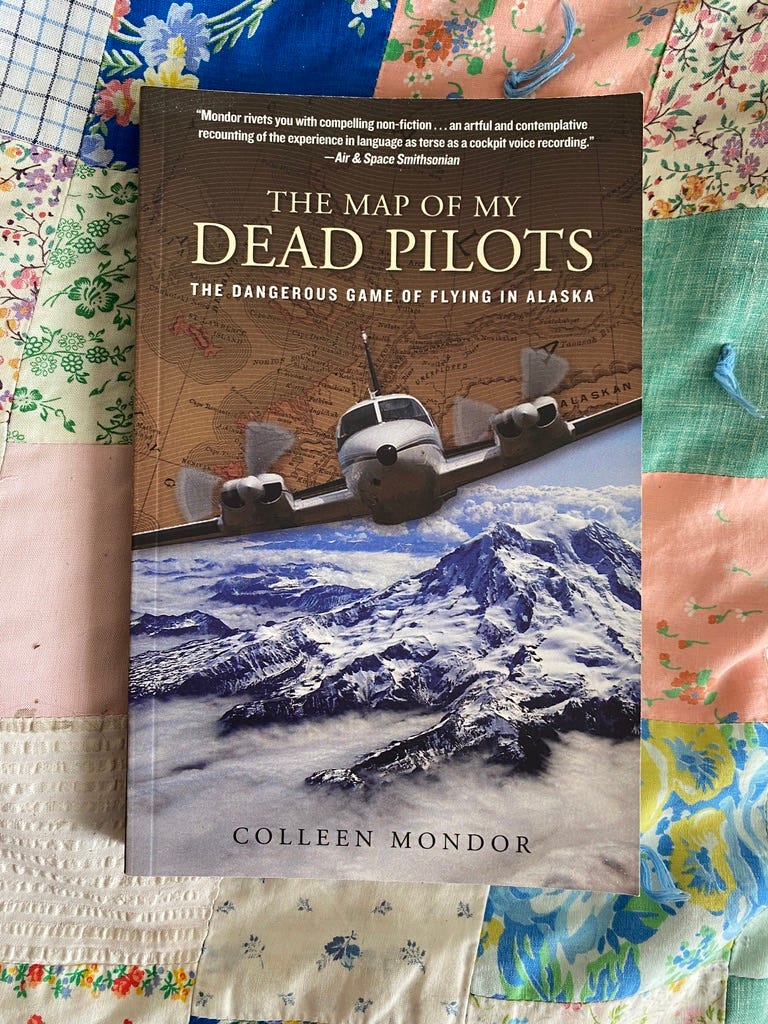
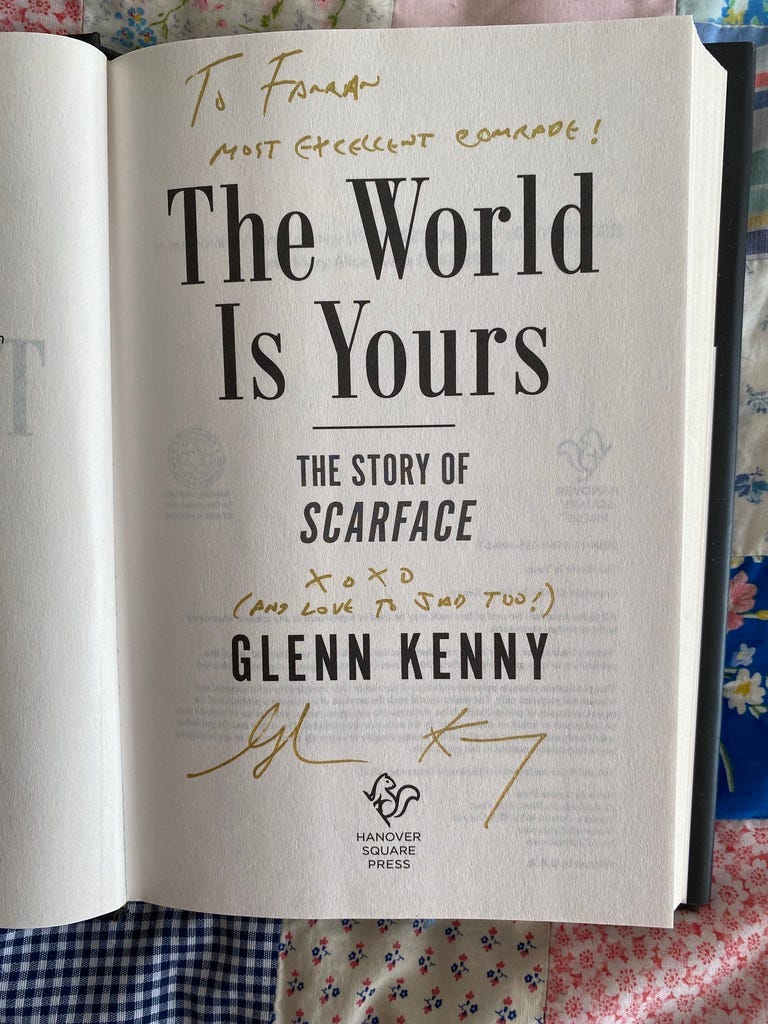
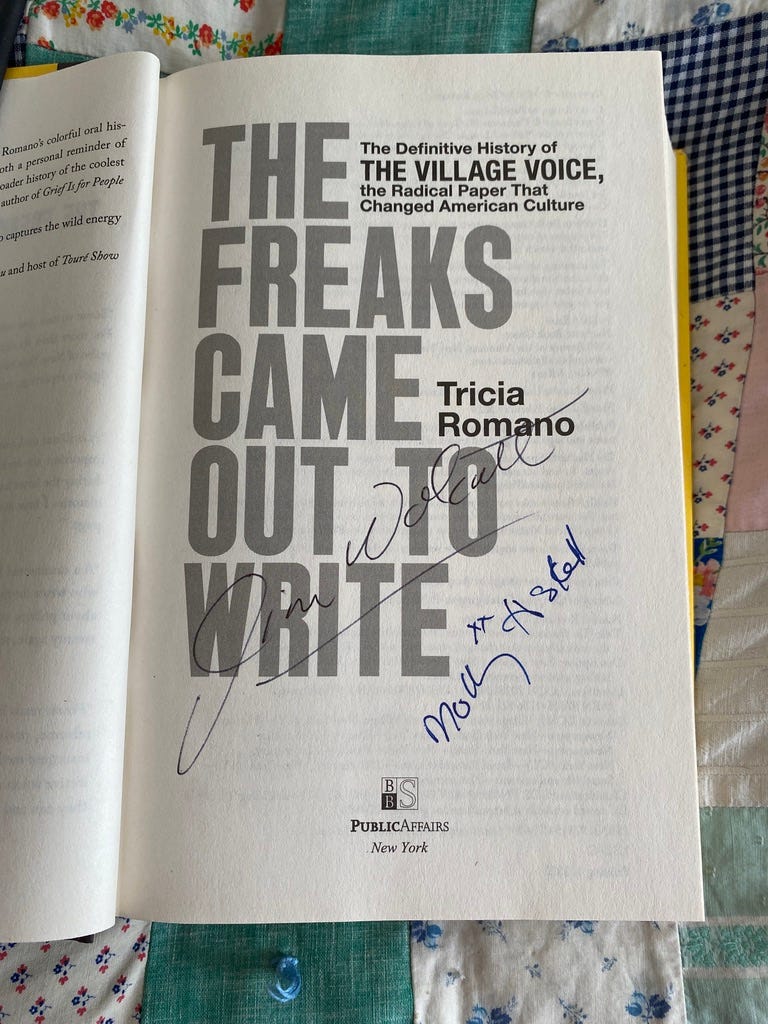
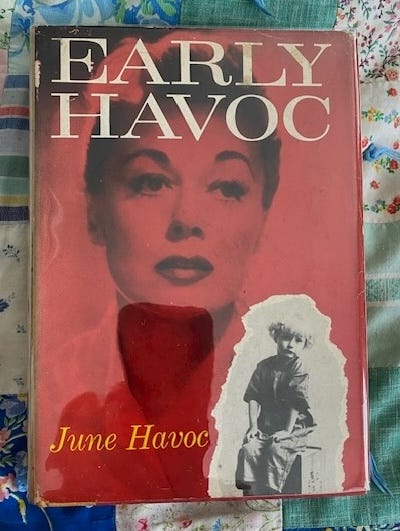
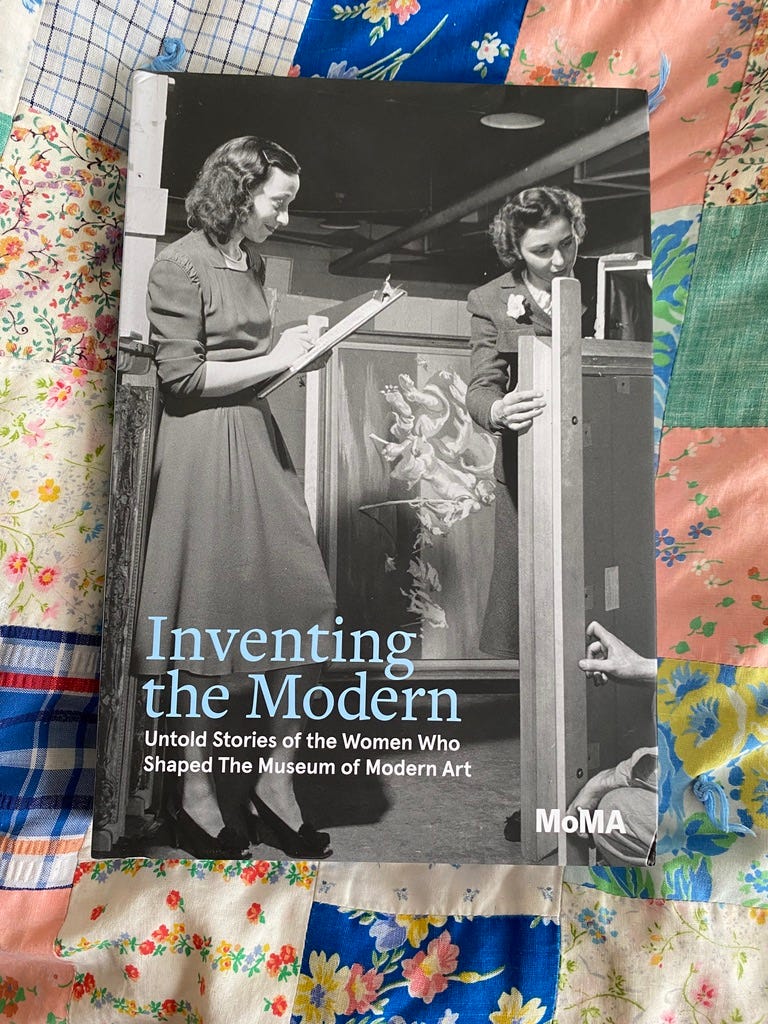
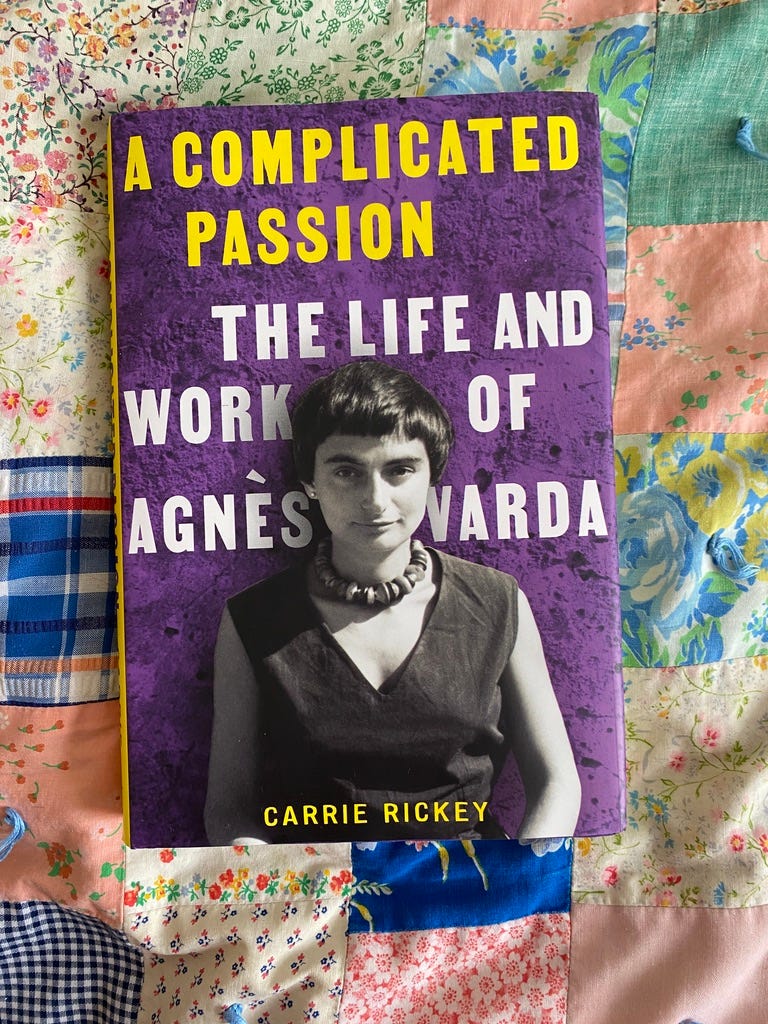
That is such good news about the Varda bio! I’ll preorder it straight away.